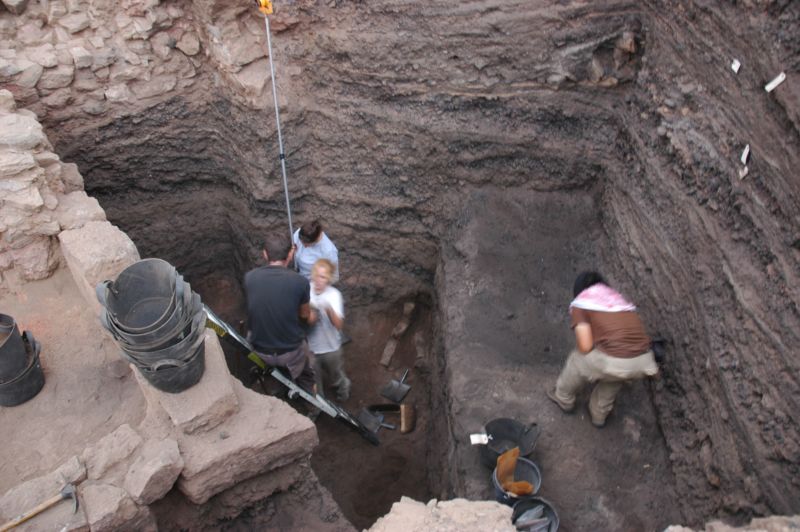Ancient slag offers insight into the uneven pace of technological advances

Enlarge / Copper production waste at Khirbat en-Nahas, Jordan, was piled 6m (18 ft) deep. (credit: T. Levy 2019)
Sometimes, clues about ancient technology are hidden in the most mundane things. In this case, Tel-Aviv University archaeologist Erez Ben-Yosef and his colleagues went rummaging through heaps of slag, the glassy waste discarded after smelters separate copper from its ore. Their goal? To hunt for clues about industry and innovation in the ancient Edomite Kingdom.
Less copper mixed with the slag suggests more-efficient smelting, so by tracking changes in the slag, Ben-Yosef and his colleagues could track the progress of a technology that powered the ancient world.
The archaeologists found mostly small, gradual improvements over the course of five centuries, punctuated by a sudden, drastic increase in efficiency around 925 BCE in the wake of an Egyptian invasion of the area. That suggests that a model for the evolution of new species may also apply to human technology and that we may need a little instability to break out of equilibrium and trigger bursts of innovation. It also reveals how one society in particular benefitted from the Bronze Age Collapse and later took advantage of the disruption of a foreign invasion to make a leap forward in technology.
Read 16 remaining paragraphs | Comments